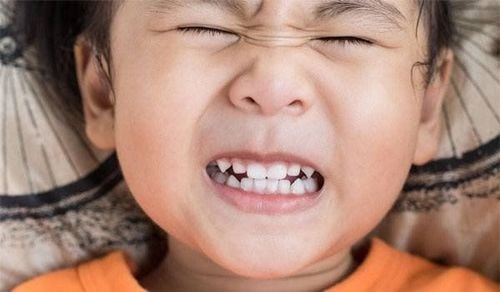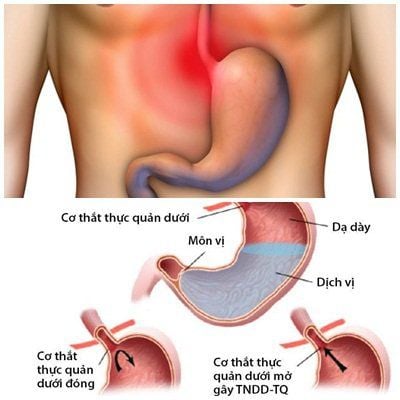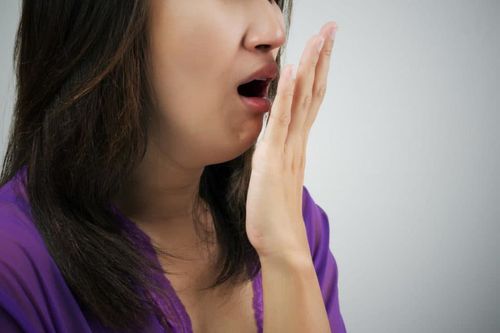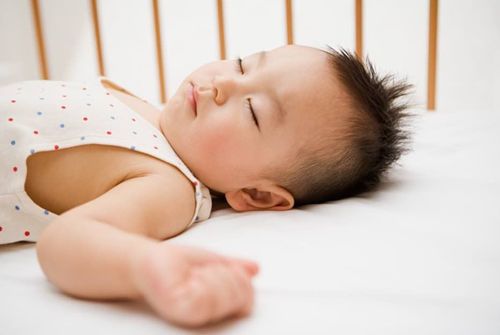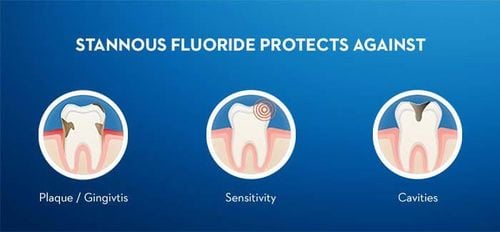This is an automatically translated article.
The article was professionally consulted by Dr. CKI Nguyen Thi My Linh - Department of Pediatrics - Neonatology - Vinmec International General Hospital Da Nang. Uncle has 12 years of experience in the diagnosis and treatment of pediatric diseases, especially neonatal resuscitation and neonatal treatment. In addition, the doctor has strengths in the field of breastfeeding counseling as well as examination, counseling and nutritional intervention in children.Children with fever teething when the gums are red and swollen and the teeth are about to erupt, this is a very common symptom and not too dangerous. However, many parents are confused between the signs of teething fever in babies and fever due to illness, leading to the lack of timely treatment, affecting the health of children.
1. When do babies start teething?
Babies usually start showing signs of teething between 4 and 7 months old. In some cases, babies can start teething as early as 3 months old. Normally, the order of teething of children is as follows: Two lower incisors -> Two upper incisors -> Two upper front teeth -> Two lower bottom incisors -> Molars -> Canines.Most children will have about 20 baby teeth before 3 years of age. Therefore, if the child is 3 years old and has not had enough teeth, parents should take the child to the doctor to know about the child's oral health status. In addition, parents also need to closely monitor children's oral problems such as tooth decay, tooth decay... to have timely treatment.
In some cases, babies are born with 1-2 teeth already (called newborn teeth) or babies grow teeth too early (just a few weeks after birth). Teething too early can affect the process of suckling milk or loose teeth put the baby at risk of choking. At that time, parents should take the child to the doctor for instructions on how to handle it properly.
Trắc nghiệm: Sự phát triển tinh thần, vận động của bé thế nào là đúng chuẩn?
Khi nào bé biết nói, biết hóng chuyện hay biết cầm cốc là "đúng chuẩn"? Điểm xem bạn biết được bao nhiêu mốc phát triển tinh thần, vận động "đúng chuẩn" của bé nhé!The following content is prepared under supervision of Thạc sĩ, Bác sĩ y khoa, Ma Văn Thấm , Nhi , Phòng khám Đa khoa Quốc tế Vinmec Dương Đông(Phú Quốc)
2. What are the signs of teething fever in babies that parents need to know?
There are many causes of high fever in babies in which teething is one of the common causes. However, the signs of teething fever in babies are easily confused with those of fever due to illness. Here are some signs of teething fever in babies parents should pay attention to:
Signs of fever in babies due to teething There are many causes of high fever in babies, including teething is one of the most common causes. However, the signs of teething fever in babies are easily confused with those of fever due to illness. Here are some signs of teething fever in babies parents should pay attention to:
Signs of fever in babies due to teething
When teething, children often have a mild fever from 38 - 38.5 degrees Celsius. In case of inflamed gums, it can cause children to have higher teeth. Children often have a fever when their gums are red and swollen and teeth are about to erupt.
Teething babies usually only have a mild fever, not too high a fever, and don't have diarrhea. Therefore, if the child has a high fever above 38 degrees with diarrhea, it is likely that the child is suffering from something other than a fever due to teething. At that time, parents should take the baby to a medical facility for timely monitoring.
Some other signs
In addition to the signs of fever, when teething, children often have: runny nose, itchy gums, chewing nipples, swollen gums that make children afraid to suck, or put objects in the mouth to bite, stuffy nose, sneezing, coughing, vomiting, rash...
Children with teething fever are often more lazy to eat. Therefore, parents should not force children to eat but instead divide them into small meals for children to eat little by little.
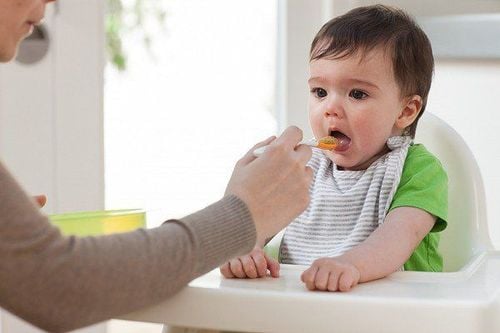
3. What to do when the child has teething fever?
When children have grown 2-3 teeth, parents can use clean gauze to wrap around their fingers and then dip them in warm water to clean their children's teeth every morning. When the number of teeth is more and the child starts to eat solid food, you can use a soft toothbrush to brush your child's teeth. There are a variety of soft toothbrushes and toothpastes for babies under 12 months of age at baby stores to choose from. If your baby has sore gums due to teething, you can use a silicone ring for your baby to chew on or wash your fingers and then gently rub it on your baby's gums to reduce pain, itching, and discomfort. In addition to the signs of teething fever in babies, babies often drool. At that time, use a clean towel to wipe the baby's mouth often to avoid rashes and maintain hygiene for the child. If your child drools a lot, put a bib on. Remember, always wash your hands before you rub your baby's gums. To reduce gum pain, you should put the chewing ring or a clean, wet towel in the refrigerator and then let your baby nibble. Do not place in the freezer as this will cause the tool to crack. When buying chewing rings for children, do not buy those containing liquid inside because it is easy to leak fluid and easy for children to swallow, which is harmful to health. Do not use alcohol, gel or any other medicine to rub your baby's gums. In case of giving pain medication to a child, it is necessary to strictly follow the instructions of the doctor. Above are the signs of teething fever in babies that parents should pay attention to. High fever in babies can cause dangerous health complications. Therefore, parents need to clearly distinguish the signs of teething fever and high number signs in babies due to other diseases to have timely treatment and reasonable nutritional supplements for the child.
Parents should supplement their children with supportive products containing lysine, essential micro-minerals and vitamins such as zinc, chromium, selenium, and B vitamins to help fully meet their child's nutritional needs. At the same time, these essential vitamins also support digestion, enhance nutrient absorption, help improve anorexia, and help children eat well.
Parents can learn more:
Signs of zinc deficiency in children
Micronutrient deficiency and failure to gain weight in children
Please regularly visit Vinmec.com website and update useful information to take care of your child. Take care of the baby and the whole family.






